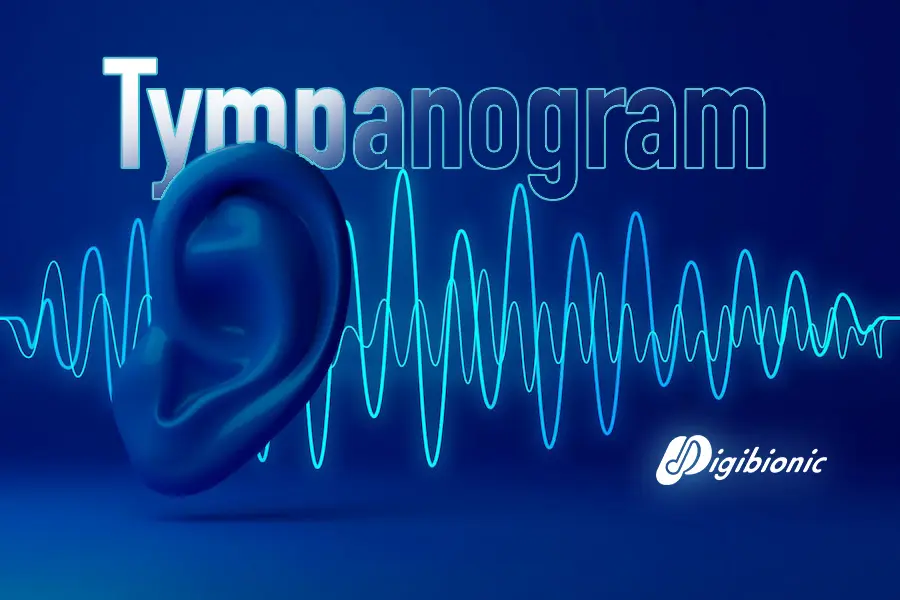What is Tympanogram?
- May 09, 2024
- Written By Digibionic India

Why do hospitals need to test with Tympanometry? Not only children can do the test, but the adults can also do the test to know their hearing situation!
Hearing loss in children is a critical issue because children who are hearing impaired and not properly cared for have a negative impact on their language development, academic performance, psychological well-being, and social opportunities as they grow up. As an adult, I would like to tell you about a test that can help to tell if infants and children are having hearing problems.
It is a tympanometry test, and sometimes hospitals will conduct tympanometry tests on the elderly to determine if hearing problems originate from the middle ear. This can benefit the elderly by aiding in the resolution of hearing issues, thus facilitating better communication in daily life. Additionally, for elderly individuals considering the use of hearing aids, they can be assisted in effectively utilizing them.
Tympanometry is a test of middle ear function using pressure. It’s not a hearing test. The reason for the examination is because the results indicate that there may be abnormalities in the middle ear, such as fluid retention in the middle ear canal, a condition where the hard bones stuck together cannot conduct sound, which can occur in the elderly.
Moreover, the disfunction of the Eustachian tube, which is more common in children. It is because the Eustachian tube is not yet fully developed, causing inflammation more easily than in adults. The results of a tympanogram at a frequency of 226 Hz will be a single line with only one sharp peak., which can analyze abnormalities
How to read a Tympanogram from a test of the eardrum. The horizontal axis (X) is the range of air pressure and the vertical axis (Y) is a measure of how much the eardrum and middle ear system respond to changes in air pressure. Let’s take a look at the test results shown below.

Type A results show normal middle ear function.

Type A is similar to Type A but has a reduced peak. This is because the middle ear lacks flexibility, causing the eardrum to move poorly, such as tartar on the ear bone. (otosclerosis)

AD type has the highest peak. This is because the middle ear is very flexible. This causes the eardrum to move too much. and diseases in which the bones of the middle ear do not connect together (ossicular discontinuity)

Type B has no peak at all. This is because the middle ear is tight, making it inflexible and have otitis media with effusion (OME), a tight skin growth in the middle ear (cholesteatoma)

Type C has a peak but shifts towards the negative pressure side of the X axis and can indicate Eustachian tube dysfunction.
Recommended Articles
Why Noise Cancellation is Important in Hearing Aids?
Early Action & Daily Habits for Better Hearing Health
Selection Guide for the Best Hearing Aids for Your Parents
25 February, 2025 Written by Digibionic India As our parents age, maintaining their quality of…








